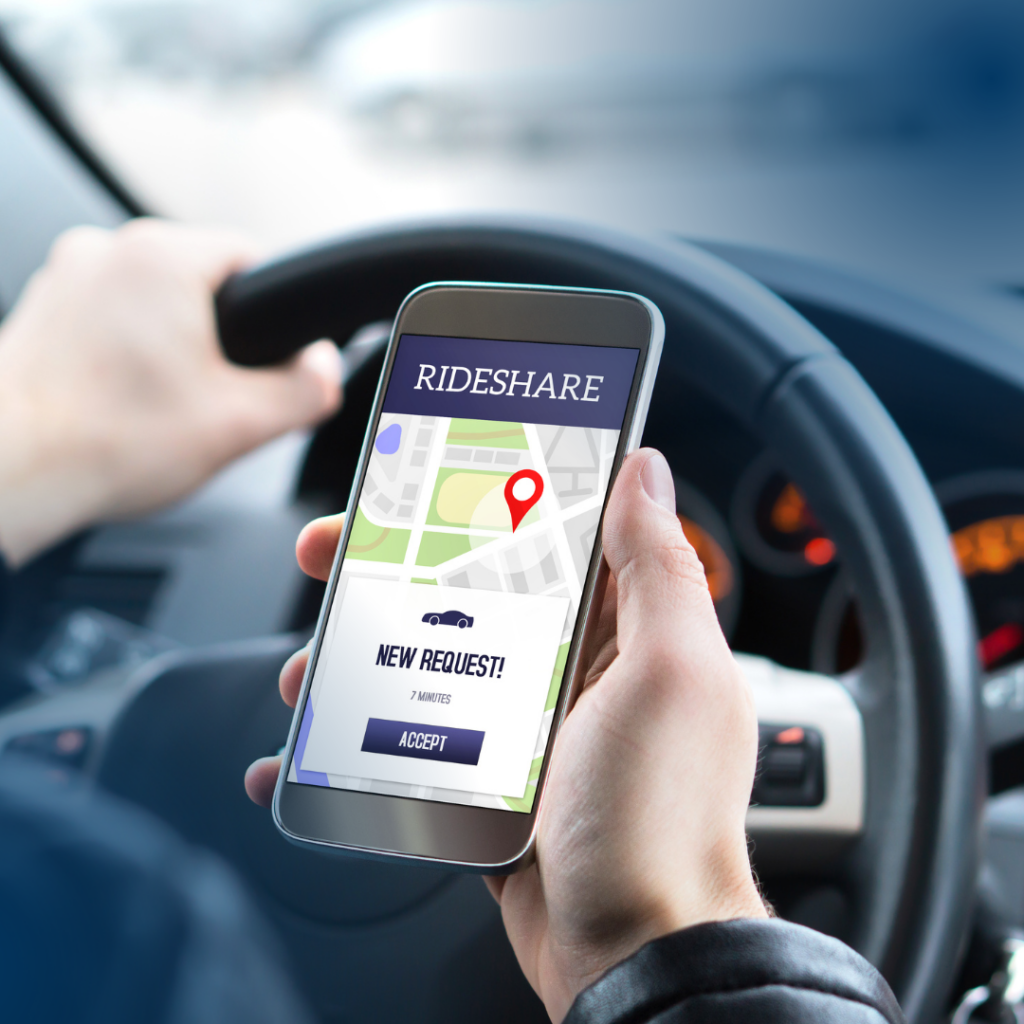Impact of Speed on the Severity of Accidents in Shared Transportation Services
The influence of speed on accident severity within shared transportation services is a pivotal aspect that significantly affects safety and overall consequences. The rapid expansion of ride-sharing services like Uber and Lyft has revolutionized urban mobility, but it has also raised safety concerns, especially regarding speeding incidents.
– When examining the impact of speed on accident severity within these services, it becomes evident that higher speeds often lead to more severe consequences. Speeding exacerbates the force of impact during collisions, increasing the likelihood of injuries or fatalities in a significant way. In a shared transportation context, where passengers rely on drivers for a safe journey, the implications of speeding can be particularly dire.
– One key element contributing to the gravity of accidents is the urban setting where these services primarily operate. City streets, often congested with traffic, pedestrians, and cyclists, present a challenging environment. Increased speed amplifies the risk of collisions, especially in densely populated areas with frequent stops and turns. As speed increases, the available reaction time diminishes, posing challenges for drivers to respond swiftly to abrupt obstacles or alterations in traffic flow.
– Moreover, the reliance on GPS navigation systems could inadvertently encourage speeding. Drivers might feel pressured to meet estimated arrival times generated by these apps, leading to a tendency to exceed speed limits. This emphasis on prompt service can inadvertently compromise safety, contributing to a higher probability of accidents.
Addressing the impact of speed on accident severity involves multifaceted solutions. Implementing stricter speed regulations tailored explicitly to ride-sharing services, combined with ongoing driver education on safe driving practices, can mitigate the risks associated with excessive speed. Additionally, integrating technological solutions within the vehicles, such as speed-limiting devices or alerts triggered by surpassing defined speed thresholds, could serve as preventive measures.
Furthermore, fostering a culture of safety within ride-sharing companies by emphasizing safe driving practices and prioritizing safety over promptness could play a pivotal role. Allocating resources to driver training programs specifically designed to enhance defensive driving skills and situational awareness can significantly reduce speeding incidents and enhance overall safety.
In conclusion, the correlation between speed and the severity of accidents in shared transportation services is a critical issue demanding attention. By comprehensively addressing speed-related risks through a combination of regulatory measures, technological innovations, and a concerted effort from ride-sharing companies, it’s possible to enhance safety and mitigate the gravity of accidents within these services.
